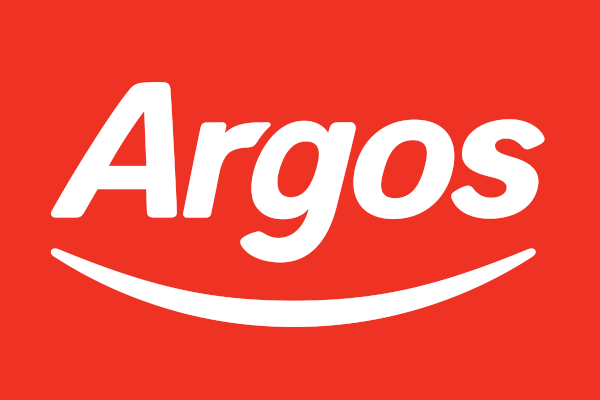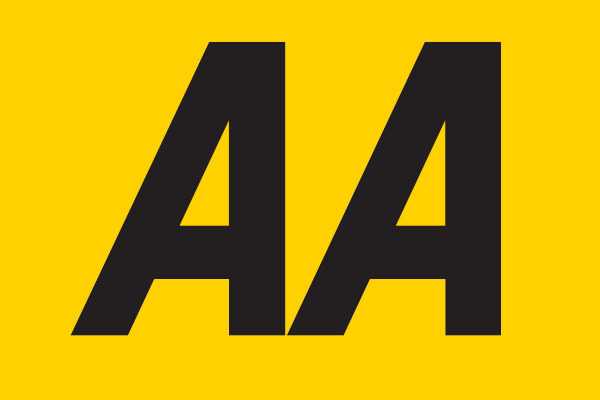
Product Manufacturing
Consumer Rights: Faulty Goods
If you’ve bought a product and the item is faulty, there are ways that you can get it repaired, replaced or refunded. Read our helpful and straightforward guide to your consumer rights on faulty goods.
Search for a Company to begin a Claim
What is considered faulty goods?
A faulty good is a product that is not of satisfactory quality. The Consumer Rights Act clearly states that all purchased goods must be of satisfactory quality, fit for the purpose and as described. This description does not just apply to physical products, but digital and electrical content must also meet the standards specified.
Traders have the legal responsibility to provide goods that are:
1. Satisfactory quality
Satisfactory quality means that products should not be damaged or have any faults when you receive them.
The goods should be of a reasonable and good standard, taking into account the price that you paid for it and the description of the product. For example, cheaper products will not be of the same standard as luxury and more expensive goods. In most circumstances, satisfactory goods will be free from minor defects and marks, durable, safe and have a good finish.
2. Fit for their purpose
For a product to be fit for purpose, that product should be suitable for the task it was purchased to do.
The goods should be able to do what you intended them to do, specifically in terms of what it was manufactured to do. If a product does not fulfil its requirements, you have the right to demand a refund from the seller, provided that you have not accepted the goods. In this instance, you will be protected by the Consumer Rights Act.
3. As described
The product you receive must match the descriptions outlined before and at the time of purchase.
If any models or samples were shown to you when you bought the product, then your good must be able to match these. The retailer should not provide you with false descriptions that do not match up with the products they are selling.
What should I do with faulty goods?
If you buy an item and it has a fault, you can either try to get a refund or replacement or have it repaired for you free of charge.
A refund, repair or replacement will depend on how long you have owned the products and the date you purchased the goods. If you bought the items on or after 1st October 2015, then the Consumer Rights Act is the legislation that applies and protects your rights. However, if you purchased the items on or before 30th September 2015, then the Sale of Goods Act will apply.
How long do I have to return my faulty goods?
If your goods are not of satisfactory quality, unfit for purpose or not as described, then you have the right to a full refund provided that you have not accepted them. The Consumer Rights Act states that goods have been ‘accepted’ when the buyer: tells the seller they have accepted them, does something that alters or damages the goods that stop them from being returned in their original state, keeps the products for over 30 days without rejecting them.
When refusing goods, it is essential to give the retailer a clear notice of the rejection. After 30 days, you will not be entitled to the right of a refund but can still get your goods replaced or repaired for free.
30 days to reject the goods
Once you take ownership of goods, you have 30 days to reject them if they turn out to be faulty. The date of ownership can be either the date of purchase or the time when they delivered them, and you received them.
It is important to note that this right will not apply to digital content. In the case of digital content, the seller has at least one chance to repair or replace the faulty goods before you can claim for a refund.
What happens after 30 days?
If 30 days have passed since you bought your goods, then you are to give the seller at least one opportunity for them to fix or replace them. Tell them at the first possible instance whether you would like a repair or a replacement. If they try to replace or fix your goods and this still does not resolve the issue, then you will be able to claim a refund. If you wish to keep the item still, then you can request a price reduction.
The seller might refuse your request if your choice is more expensive than a different alternative. In this instance, they would need to prove it.
Can I get a refund for faulty goods before six months of ownership?
If you have owned the item for less than six months, then the seller must give you a full refund if their attempt to fix or replace it was not successful. In the case of cars and other motor vehicles, the retailer can make a deduction based on your usage after the initial 30 days.
Within the first six months, the seller will try to prove that your faulty goods were of the required and adequate standard when you first received it. To get it repaired or replaced during the first six months, you do not have to prove that the item was faulty. This responsibility will fall on the retailer.
What if my goods become faulty after six months?
If you find that your goods are faulty following six months, then it is your responsibility to prove that the product was defective when you first received them. At times you will be required to seek expert opinions or advice that confirm this. You can show evidence of any similar defects in the product range.
After the first six months, the seller will be allowed to take deductions from your refund if they can’t replace or repair it for any reason. This is for the fair usage of the item.
Note that you will have six years to take your claim to the small claims court within England, Northern Ireland or Wales and five years within Scotland.
This doesn’t mean the product must last for six years; it just means the amount of time you will have to make your claim.
Should I pay to return faulty goods?
Paying to return faulty goods will depend on when you find the fault and if you want a replacement, refund or repair.
Should you return your goods to get a refund, replacement or repair, then you can be refunded the delivery cost you paid to have them sent. This also includes any express delivery prices that you paid.
If you have owned the goods for a more extended period, then you will not be able to claim for the delivery costs of having them sent to you initially.
But if you’ve had the goods for a while and they’ve only just developed a fault, you probably won’t be able to claim back the initial delivery costs for getting the goods to you.
How do I know if the fault was present at purchase?
It is not always clear the best way to prove that your goods were faulty before you purchased them. At times, it may be difficult to prove it to your seller especially as there is no specific law detailing what you must show.
Here are a few steps that you can take to prove your good were initially faulty:
Try your best to find a repair shop and get independent advice or reports on the state of your goods. Have an expert produce a report on your faulty goods.
You can also check with your retailer to make sure they are satisfied with who is providing your statement.
See if other people on social media have complained about a similar fault and bring this up as evidence of a broader problem. If you can show that more people have experienced the same faults, then your case will be stronger. This is because it shows a deeper issue that was not caused by the consumer.
If your retailer refuses to look into your claim or says they can’t do anything for you, you can then take your case to the consumer ombudsman. The ombudsman will be able to support and help you with the claims process.
If your item has a warranty or guarantee deal, then you can go straight to your warranty provider to make a claim.
Getting your claim dealt with quickly
The best way for you to get a faulty goods complaint dealt with hastily is to act quickly.
Within the first 30 days, you have the right to claim for a full refund. After this time, you can request for a repair or a replacement, but you will not always be offered a refund.
The first thing to do is to write to the customer service department. You should also keep this as a form of evidence if needed later on. If you are not happy with the response, you can escalate it further. Make sure to quote the relevant rights that you have, for example, the Consumer Rights Act. Be clear with what you want them to do, state whether you want a refund, repair or a replacement.
Let them know that you can take your claim to the consumer ombudsman or a small claims court if they do not deal with it accordingly.
Do I need to pay to get a fixed faulty good back?
If your retailer has agreed to repair or replace your faulty goods, then there should be no cost for sending the item back to you. The seller must pay to repair it and also pay to have it delivered to you again.
How do I return online orders?
If your faulty good was purchased through an online order, taking it back to the store can be very inconvenient. In this case, as the retailer for a reasonable alternative. Suggest posting the item to them instead, provided that they will reimburse you.
Can I claim for faulty goods if I have lost my receipt?
You do not need to have a receipt to claim for faulty goods; however, it will speed up the process if you do have one. The retailer shouldn’t expect you to present one, especially if the fault developed many months after the initial purchase.
Other forms of evidence, such as a bank statement proving that you purchased the item, should be enough.
Can I get credit notes for my faulty goods?
The retailer can’t require you to receive credit or vouchers if your item was returned because of a fault. If you do not want to accept credit and would like a full refund instead then you can request this.
Faulty goods: summary of your consumer rights
If you have bought an item and it develops a fault, there are ways that you can get a full refund, replacement or repair that is free of charge.
- You can reject the item and get a full refund within the first 30 days of owning them.
- After the first six months, you have the responsibility to prove the fault was present when you first purchased the goods
- Your rights to make a claim can last up to six years after your initial purchase of the goods.
- You can use your guarantee or warranty to make a claim if your product has a fault.
Make sure to keep proof of purchase whenever possible. Save all letters and phone calls as forms of evidence in case you need to take your claim further.































































































